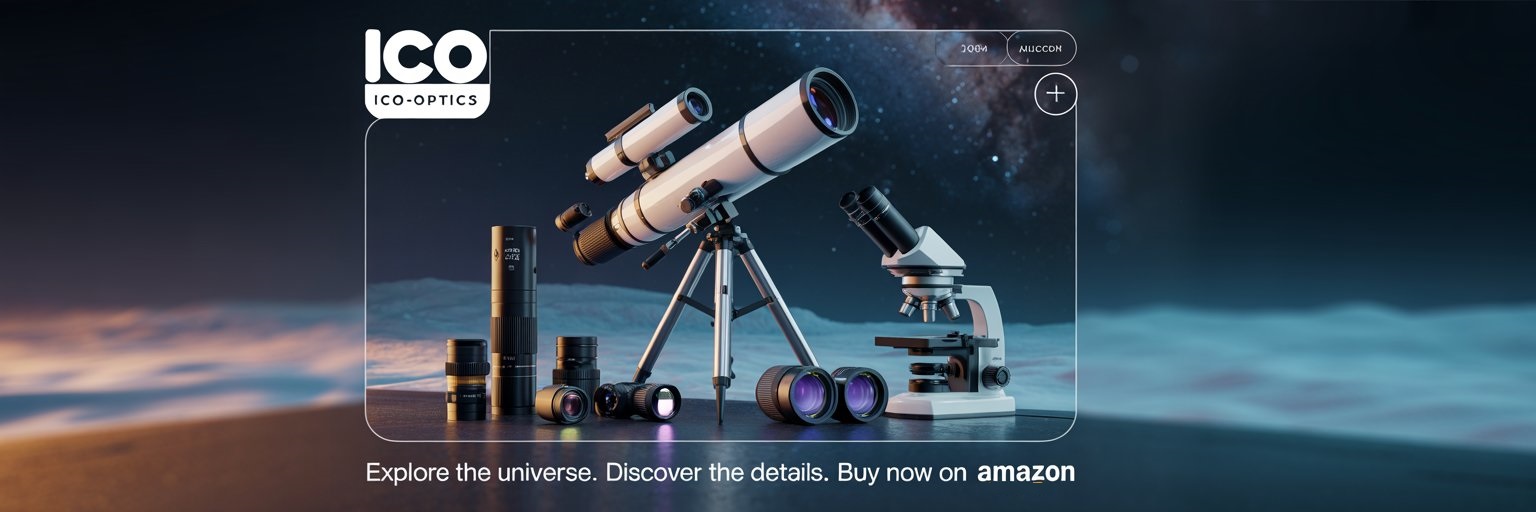Recent scientific breakthroughs are shaking up how we think about optical technologies. Researchers at Linköping University have pulled off something big in the world of optical metasurfaces—flat lenses made using conductive polymers.
Unlike the bulky glass lenses we’re all used to, these flat lenses, or metalenses, save a ton of space. They’re also opening new doors in fields like biomedical imaging, holography, and even invisibility materials.
Let’s take a closer look at why this matters, how the research unfolded, and what it could mean for the future.
The Promise of Metalenses: Compact and Revolutionary
Metalenses could replace traditional curved glass lenses, which you find everywhere from cameras to eyeglasses. Their flat design is a game-changer when you need things smaller, lighter, and more efficient.
Instead of focusing light with curved glass, metalenses use carefully arranged nanostructures to bend and shape light. Linköping University’s big leap forward is building these metasurfaces from conductive polymers.
Conductive polymers are pretty flexible—you can tweak their properties even after making them. That’s a big shift from old metasurfaces made with rigid stuff like gold or titanium dioxide.
What Sets Conductive Polymer Metasurfaces Apart?
Old-school metasurfaces have a major flaw: they’re stuck with the same optical properties forever. The Linköping team tackled this by using conductive polymers so the nanoantennas on the surface can be switched on and off.
This makes the metasurfaces adaptable, opening up possibilities for dynamic optical systems like video holography or tunable imaging. It’s a real step forward in making these devices practical for all sorts of uses.
Harnessing Collective Lattice Resonance to Enhance Performance
Here’s where things get even more interesting: the team used something called collective lattice resonance. By controlling the spacing between nanoantennas, they got light waves to interact across the whole surface and boost their effect.
This approach led to a tenfold jump in performance compared to older designs. That’s huge for anything from laser tech to medical imaging.
It all comes down to advanced manufacturing. Researchers can now place nanostructures with insane precision, making these metasurfaces both effective and scalable.
Current Focus and Future Goals
Right now, the Linköping team has nailed down nanoantennas that work best with infrared light. Infrared is key for things like biomedical imaging and thermal sensing.
They’re aiming to push this tech into the visible light spectrum next. If they pull it off, we could see big changes in augmented reality, consumer gadgets, and scientific optics.
This shows just how versatile the conductive polymer approach really is.
Potential Applications: Beyond Conventional Optics
Metalenses stand out for tackling some of the toughest challenges in high-performance optics. Their tunable design makes them perfect for:
- Video hologram technology: Creating dynamic, real-time holograms for displays and entertainment.
- Biomedical imaging: Making lightweight, precise optics for portable medical gear.
- Invisibility materials: Helping develop cloaking tech by bending light around objects.
Ideas that once felt like pure science fiction are suddenly starting to look possible, thanks to breakthroughs like these.
A Collaborative Effort Backed By Leading Institutions
This research, published in Nature Communications on May 21, 2025, really shows the power of teamwork and solid funding. The European Research Council, the Knut and Alice Wallenberg Foundation, and others backed the project.
It’s a reminder that investing in bold science and global collaboration keeps innovation moving forward.
Conclusion: Advancing the Future of Optics
Linköping University’s breakthrough on flat and adjustable optics has opened up a new era in optical devices. Researchers used conductive polymers to create customizable metasurfaces.
This unlocks potential for everything from holographic displays to portable medical imaging. The technology is inching closer to visible light applications, and honestly, that’s pretty thrilling.
If you’re into tech or work in biomedical research, this is one of those moments you might want to keep an eye on. The world of optics just keeps getting more interesting, doesn’t it?
Here is the source article for this story: Major step for flat and adjustable optics

